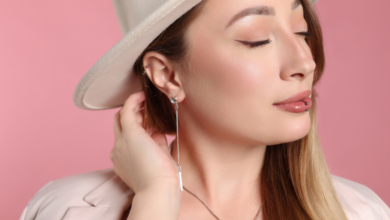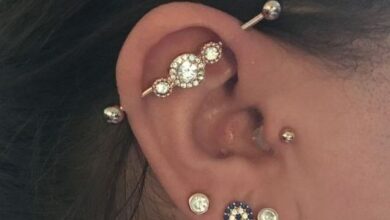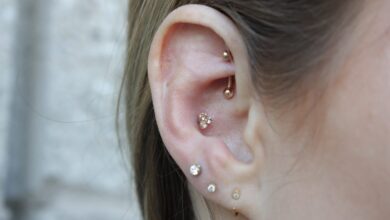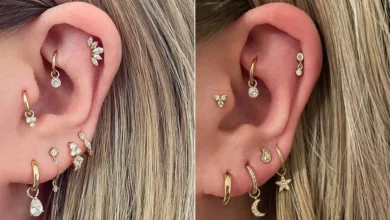
In this article, you’ll learn about the 16 types of ear piercings and how to choose the right one based on pain and placement. Starting with the standard lobe piercing, which is the least painful and most common, we’ll cover the healing time and pain level of each type. You’ll also discover the potential benefits of daith piercings for migraines and chronic headaches. Whether you’re interested in helix, tragus, industrial, or other types of piercings, we’ll provide insights into their healing difficulties and customization options. By the end, you’ll have a better understanding of the different types of ear piercings and what to expect in terms of pain and healing time.
The 16 Types of Ear Piercings: Choosing Based on Pain and Placement
The art of body modification has been practiced for centuries, and one of the most popular forms of self-expression is ear piercing. Ear piercings come in many different styles, each with its own unique placement and level of pain. Whether you’re a piercing enthusiast or a beginner looking to get your first ear piercing, understanding the different types available can help you make an informed decision. In this article, we will discuss the 16 types of ear piercings and provide information on choosing based on pain and placement.
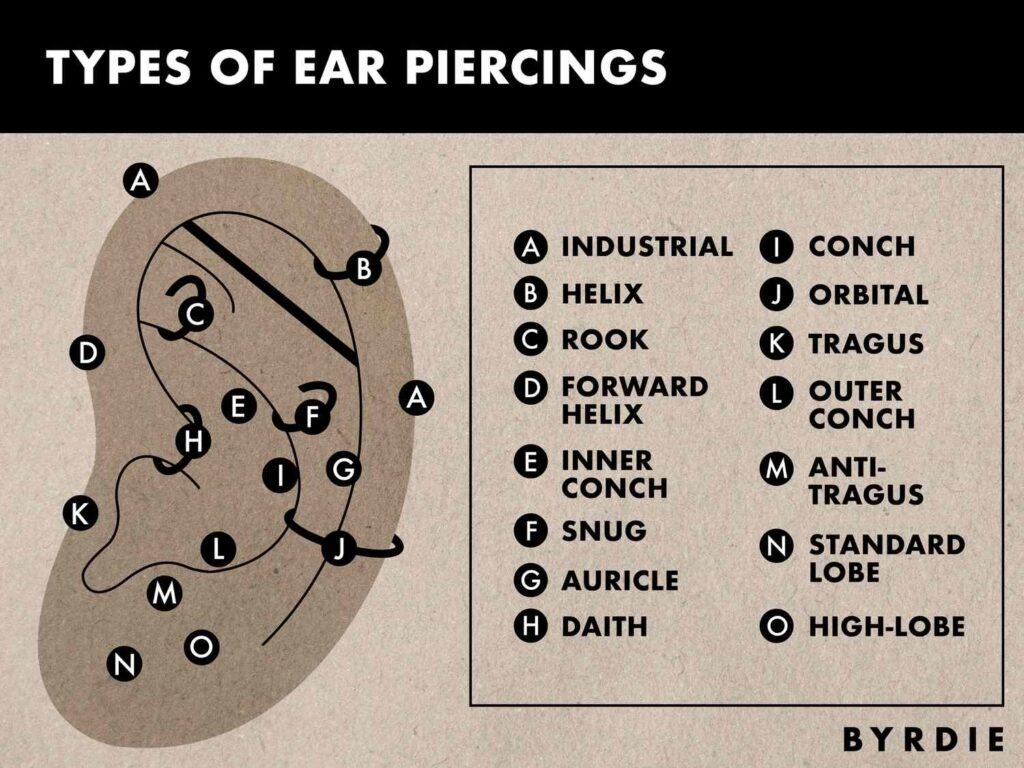
Standard Lobe Piercing
The standard lobe piercing is the most common and widely accepted form of ear piercing. It involves puncturing the soft tissue at the bottom of the earlobe. This type of piercing is known for being the least painful, making it a popular choice for first-timers. The healing time for a standard lobe piercing is relatively short, typically taking 6-8 weeks.
Daith Piercing
The daith piercing has gained popularity in recent years for its potential to relieve migraines and chronic headaches. This piercing is located in the innermost fold of cartilage in the ear, just above the ear canal. While scientific evidence is lacking, some individuals claim that the daith piercing has provided them with significant relief from their headaches. If you suffer from migraines or chronic headaches, this piercing might be worth considering.
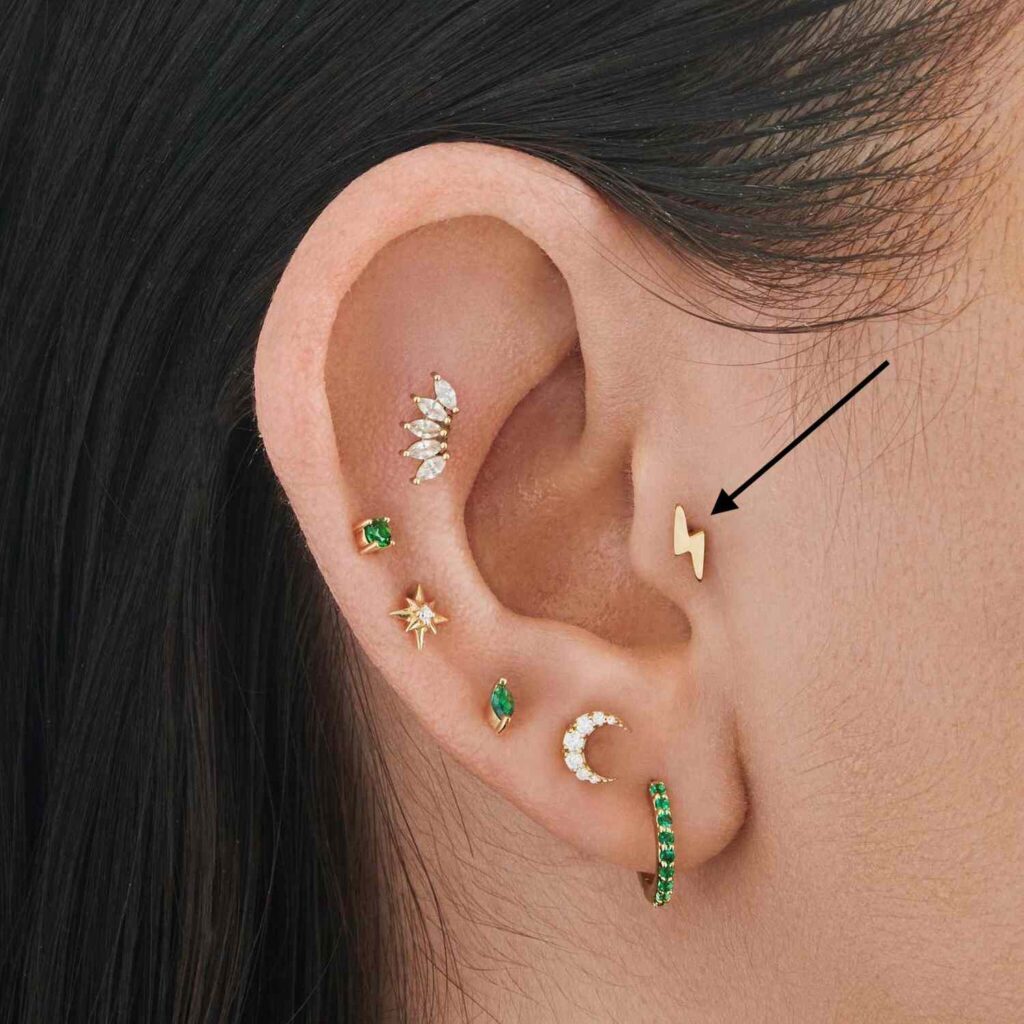
Helix Piercing
The helix piercing is another popular choice, as it allows for customization with multiple piercings on one ear. This piercing is placed on the upper cartilage of the ear, typically in a curve or cluster. With so many possibilities for arrangement, the helix piercing offers endless opportunities for personal expression.
Tragus Piercing
The tragus piercing is located on the small, thick section of cartilage just in front of the ear canal. While it may look stylish, the tragus piercing can be difficult to heal due to its location. It is important to be patient and diligent with aftercare to avoid complications. Additionally, those who frequently use earbuds may experience some interference and discomfort with this type of piercing.

Industrial Piercing
The industrial piercing is a more unique and adventurous option. It involves connecting two separate holes in the upper cartilage of the ear with a long barbell or piece of jewelry. Due to its complex nature, the industrial piercing can be difficult to heal and is not recommended for most people. It requires careful cleaning and proper aftercare to prevent complications.
High-Lobe Piercing
For those looking to add an additional piercing above the standard lobe piercing, the high-lobe piercing is a great option. This piercing is placed higher up on the lobe, creating a stacked effect. It adds an interesting and stylish touch to the ear without being too extreme.
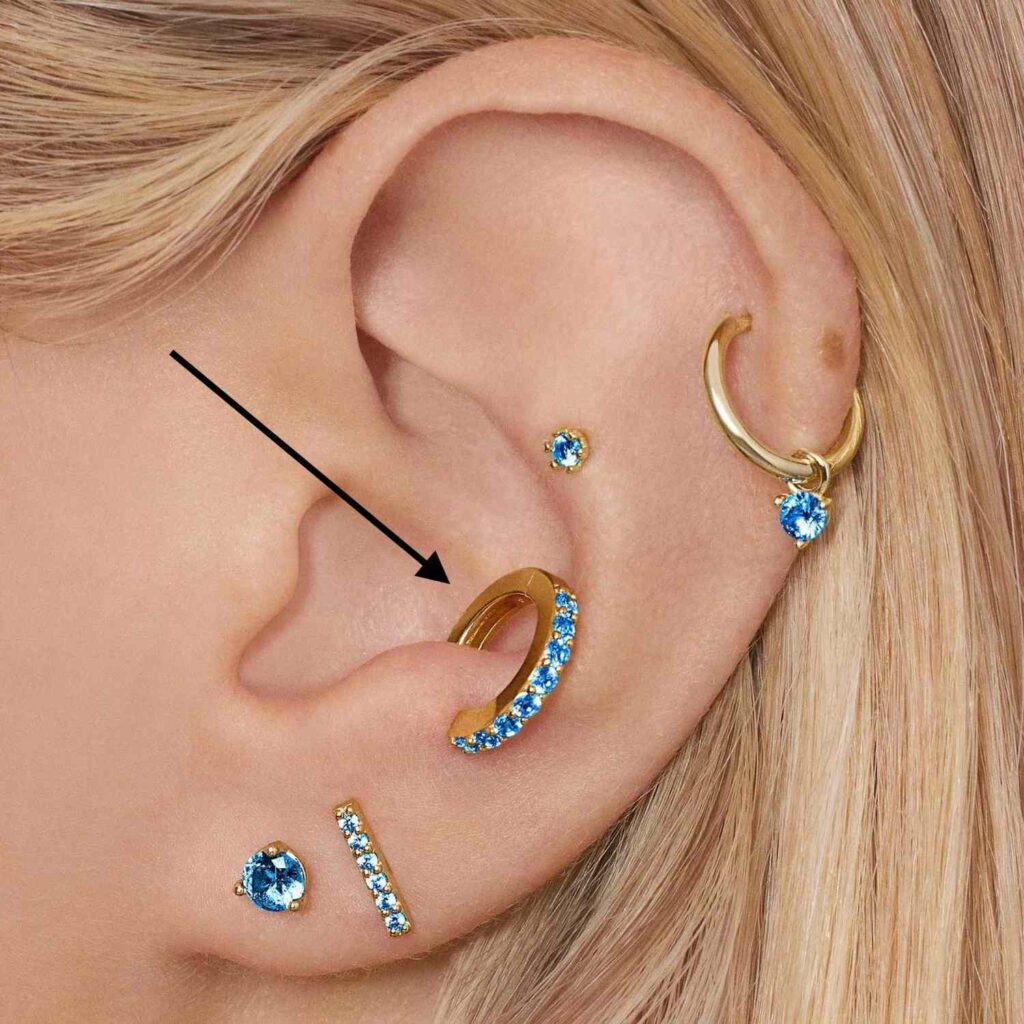
Rook Piercing
The rook piercing is placed along the inner ridge of the ear, just above the tragus but below the helix. Its unique placement makes it a popular choice for those seeking a more unconventional look. It is important to note that the rook piercing can be more painful compared to other types, due to the denser cartilage in this area.
Auricle/Mid-Helix Piercing
The auricle, also known as the mid-helix piercing, is positioned in the middle of the outer rim of the ear. This piercing provides a sleek and minimalistic aesthetic. The healing process for an auricle piercing varies and can take anywhere from 6-12 months, depending on individual factors.
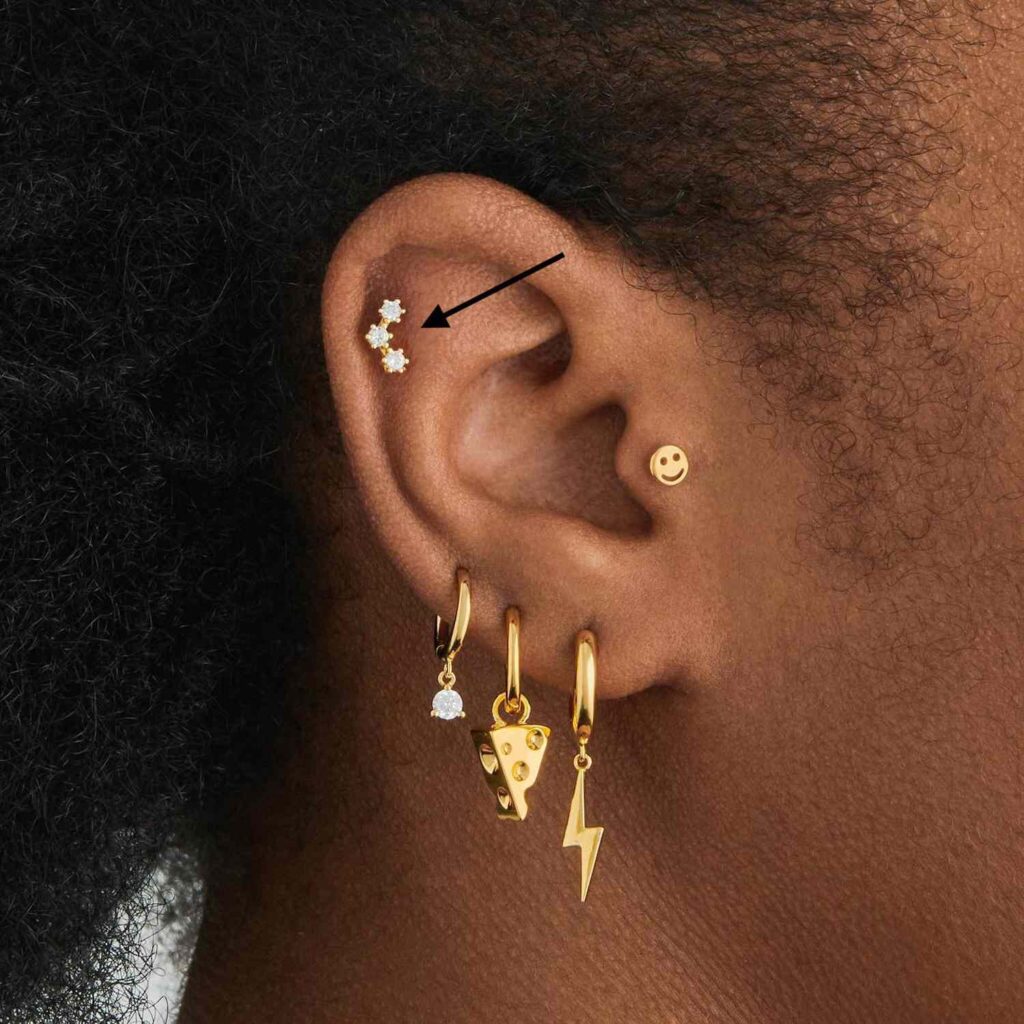
Snug Piercing
The snug piercing is placed through the inner cartilage of the ear, following the curve of the antihelix. It creates a striking and unique look, especially when paired with other piercings. It is important to note that due to the snug piercing’s placement, it can be more prone to migration and requires extra care during the healing process.
Orbital Piercing
The orbital piercing is a creative and eye-catching choice. It involves piercing two separate holes in the ear and connecting them with a single piece of jewelry, such as a ring or barbell. The resulting effect is a unique and stylish look. However, it is important to consult with a professional piercer to ensure proper placement and prevent any complications.
Stacked Lobe Piercing
The stacked lobe piercing is a trendy option for those who want to make a statement. It involves having multiple piercings in close proximity on the lobe. With carefully placed earrings, the stacked lobe piercing creates a visually pleasing and intricate design.
Pain Levels and Healing Times
Pain levels and healing times vary for each type of ear piercing. As mentioned earlier, the standard lobe piercing is the least painful and typically takes 6-8 weeks to heal. On the other hand, piercings such as the rook or snug can be more painful due to the thicker cartilage in those areas. Healing times for cartilage piercings are generally longer, ranging from a few months to up to a year.
When considering an ear piercing, it is crucial to take into account pain levels and healing times. Keep in mind that everyone’s pain tolerance and healing process can vary. If you have a low pain threshold or are concerned about healing time, a lobe piercing may be the best option. If you prefer a more unique and daring look, piercings such as the daith or industrial may be worth considering, despite the potential for longer healing times and increased discomfort.
Conclusion
Choosing an ear piercing can be an exciting and personal decision. By understanding the different types available, their placements, and associated pain levels, you can make a well-informed choice that suits your preferences and desires. Remember to consider your pain tolerance, aftercare requirements, and healing times when selecting a piercing. Whether it’s a standard lobe piercing or a more adventurous industrial piercing, make sure to consult with a professional piercer and follow their instructions for optimal healing and a successful piercing experience.
Variations and Customization Options for Industrial Piercings(Opens in a new browser tab)
Stylish.ae’s Ultimate Guide To Ear Piercings: From Lobe To Cartilage(Opens in a new browser tab)

